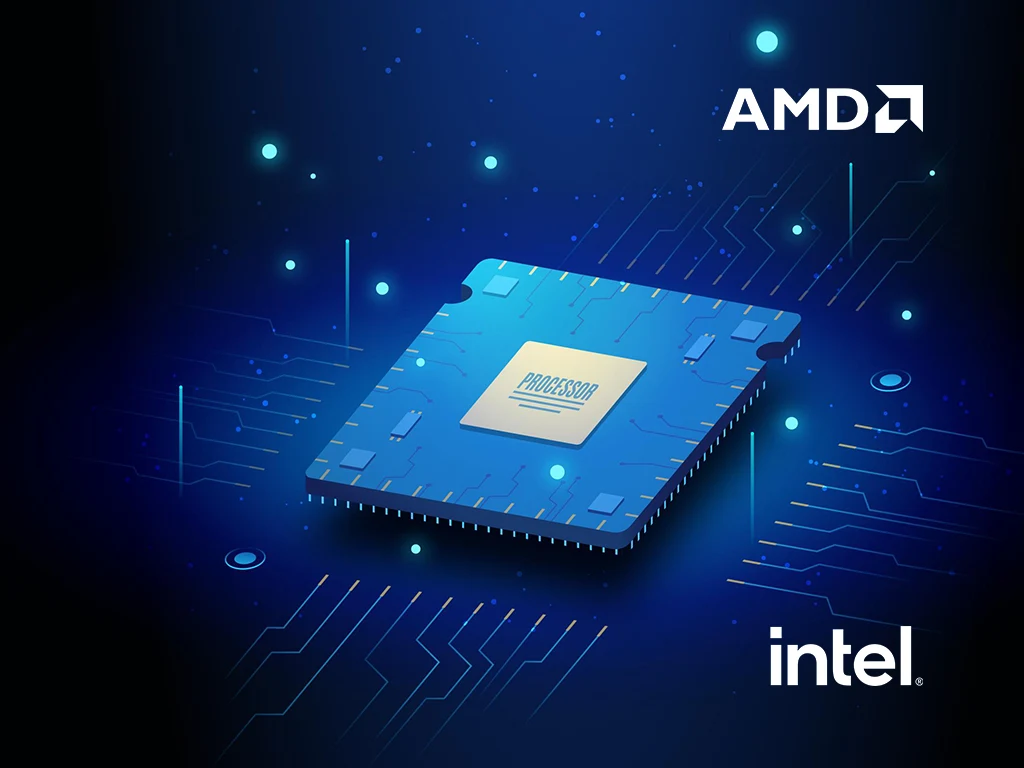How did AMD manage to beat Intel?

Intel was founded by a group of engineers in 1968 and has since been making chips to enhance the performance of computers. For 25 years since 1990 to 2017, Intel was the largest revenue-generating chip company. But this was not always the case; Intel did not make any profits for the first six months. It came to business, yet always prioritized development. In 1970 it came out with the first semiconductor memory chip, which was its best-selling product for a year. Since then, it has continued creating chips after chips, setting industry standards to a new high.
Advanced Micro Devices (AMD) came to the business in 1969, one year later than Intel, and was making chips Intel had already made. It was trying to keep up with its rival more than anything else.
So, how did a company like that take over Intel’s top spot in the market with a market cap of over 200 Billion Dollars?
Taking over Intel
Fast forward to 2014, when AMD appointed its new CEO Lisa Su. She took over the company when it was fighting off rumors that it might go for sale and in a phase when Intel’s sales were ten times its own. Lisa brought her new ideas and knowledge to the company and launched its contemporary high-performance chip -Ryzen. Ryzen beat many benchmarks that were set by Intel. It was unique because of the organization of the transistors and the introduction of Zen architecture. Another huge development was the redesigning of the making of the chips. While Intel focused on creating a single CPU, AMD made chipsets. It created multiple chipsets that acted as a single CPU, instead of one big chip. This redesign was what set the stone for AMD to gain leadership in the industry. They were also well-accepted in the market as they offered advanced products for half price.
By 2018, AMD managed to generate a market cap of $35 billion. And finally, after five years of Ryzen’s launch, AMD took over Intel in 2022, though it couldn’t hold the position for a very long time. This was not a drawback for the company and instead reflected a lot of scope in the future for the company.
The bottom line is that post the release of Ryzen, AMD saw a 14% increase in revenue. What helped them gain an edge over their competitors was the flexibility that exists due to their small size and no in-house manufacturing.

